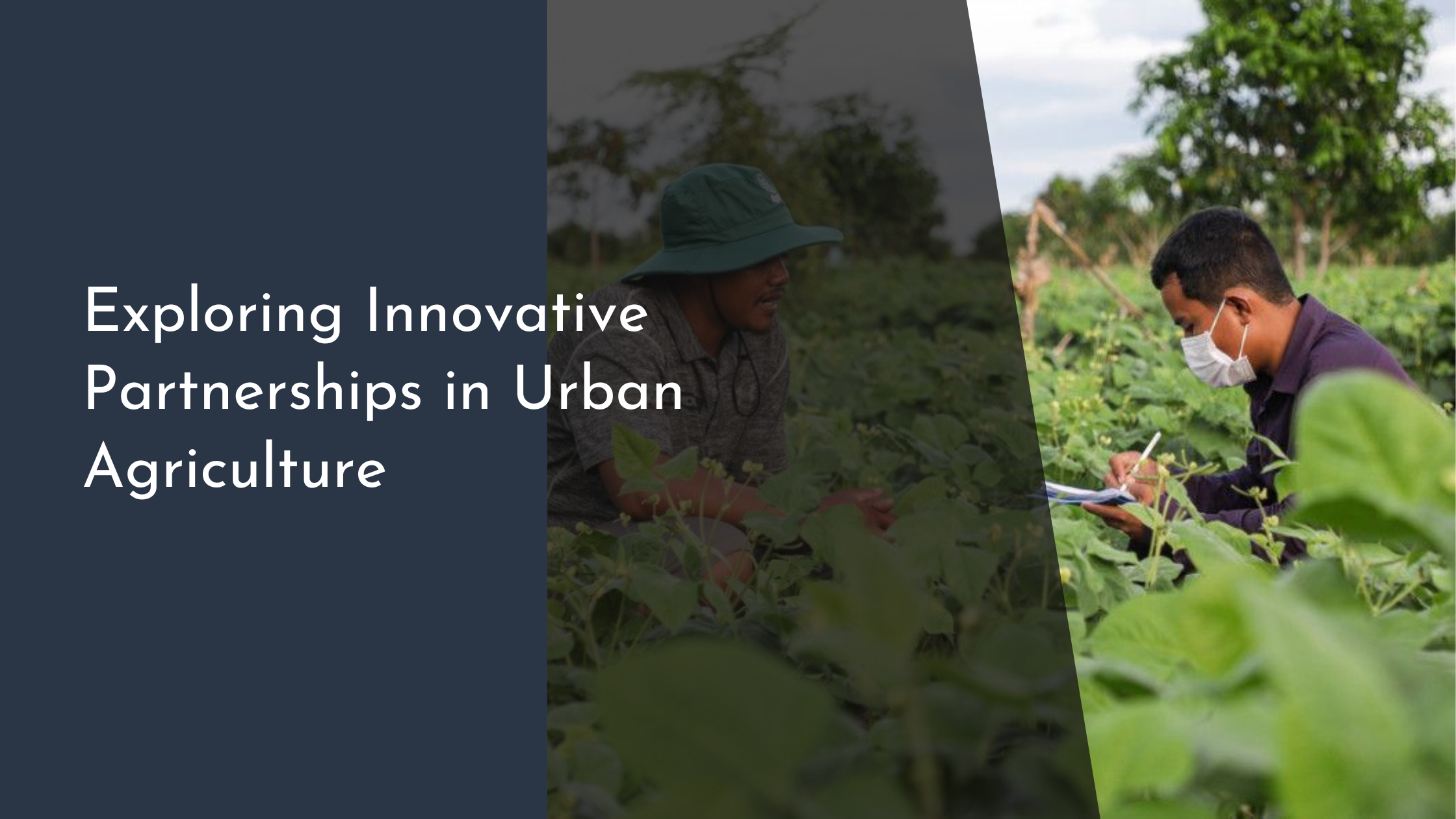Exploring Innovative Partnerships in Urban Agriculture
Urban agriculture is rapidly emerging as a transformative force in city landscapes across the globe. By harmonizing innovative practices with age-old techniques, urban farming has not only revitalized community spaces but has also addressed critical issues such as food security and sustainability. This article delves into the burgeoning field of urban agriculture, exploring the innovative partnerships making waves, the fusion of technology with tradition, and the exciting future that lies ahead for city farming.
Urban Agriculture: A New Era of Innovation
Urban agriculture marks the dawn of a new era where metropolitan areas are not only centers for economic and cultural activity but also hubs of agricultural productivity. With the growing recognition of the importance of local food systems, cities are reimagining public and private spaces as fertile grounds for crop cultivation. Rooftops, balconies, and vacant lots are being transformed into vibrant green spaces that provide fresh produce and enhance urban biodiversity. This shift not only mitigates the urban heat island effect but also fosters a sense of community and connection to nature among city dwellers.
The drive towards urban agriculture is sustained by a confluence of factors, including technological advancements, environmental concerns, and a collective push towards sustainable living. Innovative systems such as vertical farming and hydroponics have made it possible to grow food efficiently in urban settings with limited space and resources. As these practices gain traction, they are supported by policy frameworks and initiatives from local governments and non-profit organizations, further accelerating the growth of urban agriculture as a viable solution to urban challenges.
Building Bridges: Collaborative Success Stories
Collaboration is at the heart of successful urban agriculture initiatives, bringing together diverse stakeholders to create resilient food systems. One inspiring example is the partnership between local governments and community groups in the city of Detroit. After facing economic decline and a shrinking population, grassroots organizations began converting abandoned lots into community gardens. Supported by city policies and private investments, these efforts have revitalized neighborhoods, providing residents with access to fresh produce and empowering them through education and skill-building programs.
Another noteworthy collaboration can be found in Singapore, where the government has partnered with tech startups and research institutions to pioneer urban farming solutions. The Agri-Food and Veterinary Authority of Singapore (AVA) works closely with private enterprises to implement vertical farming technologies that maximize space and yield. This partnership has not only increased the production of locally grown food but has also positioned Singapore as a leader in urban agricultural innovation. By fostering such collaborative ecosystems, cities are able to leverage shared knowledge and resources, resulting in more impactful and sustainable urban agriculture projects.
Technology Meets Tradition: Tools for Growth
Urban agriculture thrives at the intersection of technology and traditional farming practices, creating an environment where innovation complements time-tested techniques. Technologies such as IoT sensors, automated irrigation systems, and data analytics are being integrated into urban farms, enabling precise monitoring and management of crops. These tools enhance efficiency and productivity, allowing urban farmers to optimize resource usage and respond swiftly to environmental changes. By embracing technology, urban agriculture is able to scale its operations and meet the growing demand for locally sourced food.
At the same time, traditional farming practices remain an essential component of urban agriculture, providing a foundation of knowledge and cultural heritage. Techniques such as composting, crop rotation, and companion planting are being adapted to urban settings, ensuring that farming remains sustainable and ecologically sound. This blend of old and new methods not only improves soil health and biodiversity but also fosters a deeper connection between urban communities and their agricultural roots. As urban agriculture continues to evolve, the synergy between technology and tradition will be a key driver of its success.
Growing Together: The Future of City Farming
The future of urban agriculture is bright, with cities worldwide recognizing its potential to address food insecurity and promote sustainable living. As urban populations continue to grow, the demand for local food systems that minimize transportation and carbon footprints will only increase. In response, innovative partnerships between city planners, businesses, and citizens will play a crucial role in expanding urban agriculture initiatives. These collaborations will focus on integrating green spaces into urban planning, ensuring that city farming becomes an integral part of urban development.
Education and community engagement will also be pivotal in the future of urban agriculture, as they empower individuals to take an active role in their food systems. By fostering a culture of sustainability and self-reliance, urban agriculture initiatives can inspire new generations to value and preserve our natural resources. The shared vision of a greener, more resilient urban environment will continue to drive the growth of city farming, creating cities that are not only smart but also sustainable and self-sufficient.
Urban agriculture is more than just a trend; it is a movement towards creating livable, sustainable cities that prioritize the health and well-being of their residents. By embracing innovative partnerships, leveraging technology, and honoring traditional practices, urban agriculture is poised to reshape our urban landscapes. As we grow together, the possibilities for a greener future are endless, fostering communities that are resilient, connected, and thriving.

